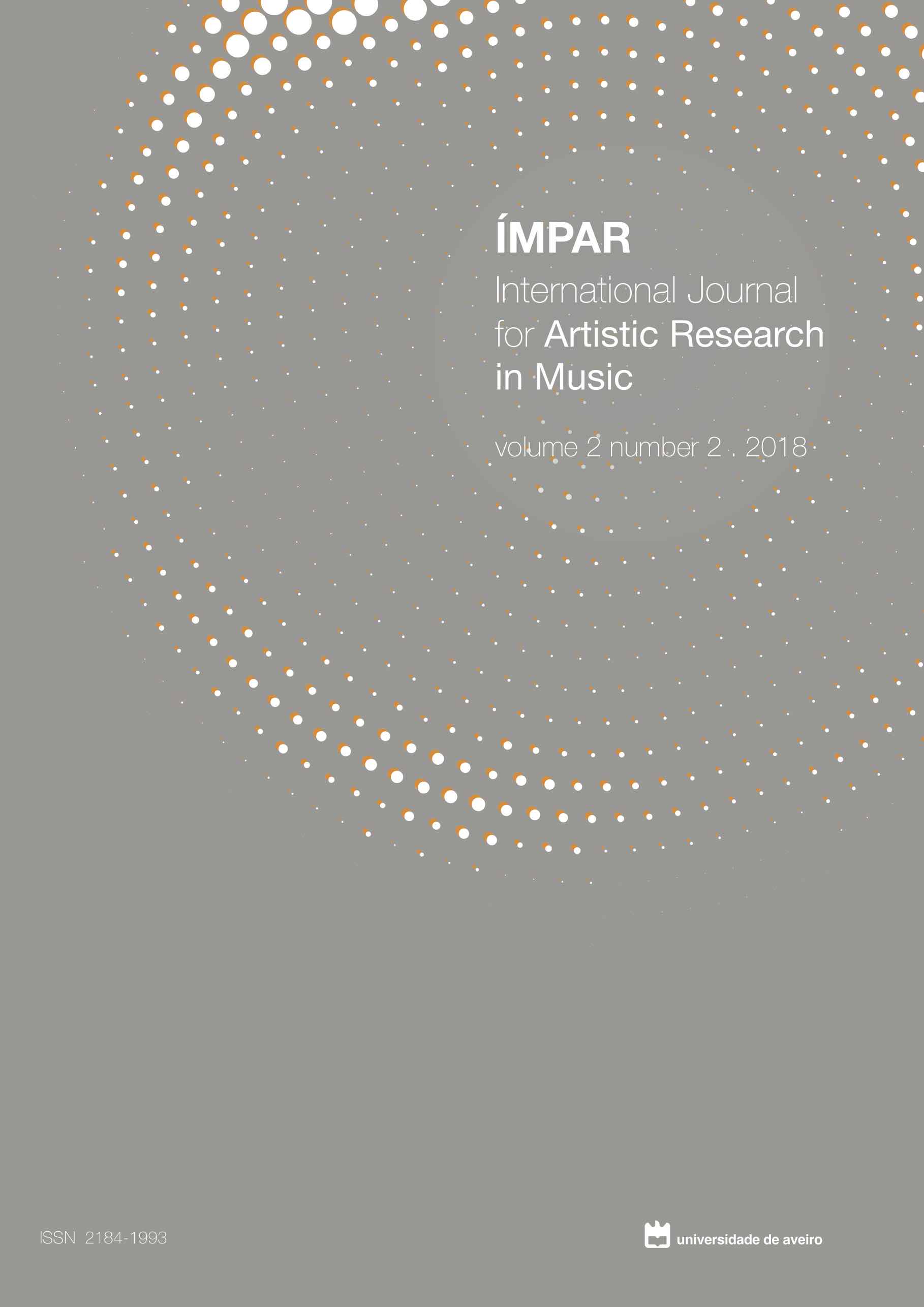Extended techniques on the traverso: the case of the glissando and the flattement
Abstract
The so-called ‘extended techniques’ have become an essential resource at the disposal of composers wishing to enlarge the possibilities of the flute’s sound palette. Over the last four decades, a number of these techniques initially thought and conceived for the Boehm flute have gradually been adapted to the one-keyed flute as well, producing a brand-new set of sonic ‘effects’. Composers such as Jukka Tiensuu, Hans-Martin Linde, Jacqueline Fontyn, Masahiro Arita, Jean-Marie Rens and Doja Cojocaru (to name but a few) have proved able to revive the sound possibilities of the traverso and exploit multiple sonorities, multiphonics, microtones, percussive sounds, whisper tones, jet whistles and singing and playing simultaneously, without forcing the one-keyed flute to become a caricature of the modern flute. Furthermore, the post-modernist composers’ tendency and need to distance themselves from the strict rules of postserialism and free their voices from any orthodox approach to music seem to find in the traverso sound and its Baroque legacy the best way of reconnecting contemporary ‘effects’ with the perennial ‘affects’ that this instrument is able to evoke.





